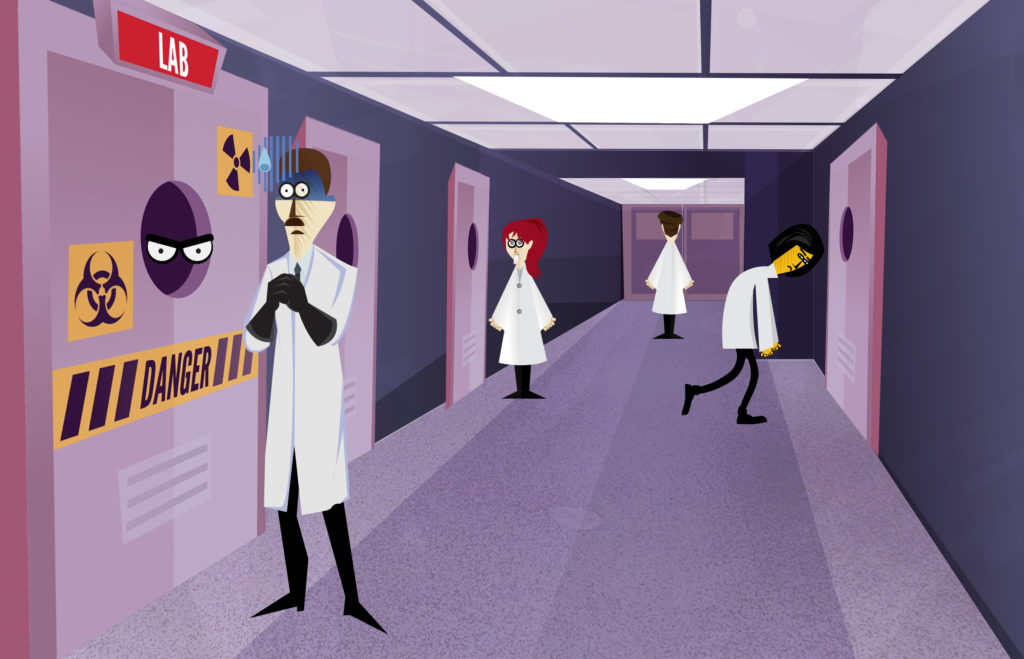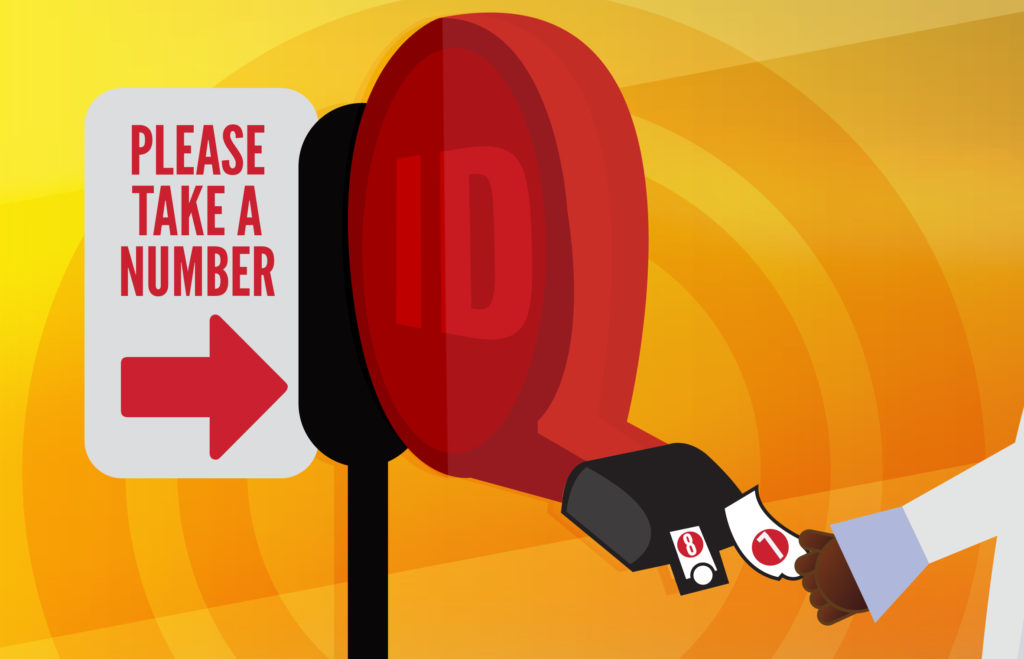Exploring the Confusion Among the Masses
“If you have diabetes, some research suggests that eating seven eggs a week increases heart disease risk. However, other research failed to find the same connection. Still other research suggests that eating eggs may increase the risk of developing diabetes in the first place. More research is needed to figure out the exact link between eggs, diabetes and heart disease,” states the Mayo Clinic’s website.
Was this article written in the 1980s? Before the Paleo diet craze when bacon and eggs were touted as a perfectly healthy, balanced meal, and hamburgers were regularly ordered sans buns? No. This controversial egg article was published in 2020. Have things changed or become more nebulous as research is disseminated more quickly – at least more insidiously – than ever before?
Eggs are not on the national radar at the moment: we have much bigger fish to airfry. And never have the stakes been higher than with the hysteria that accompanies a pandemic.
Double Trouble or Twice as Nice?
Since the onset of the pandemic, it took a barrage of peer-reviewed journal articles to convince the general public that a mask would help slow the spread.
The question very quickly evolved into whether two masks will better protect you from contracting the virus. Some research said yes, other studies said no. When the sources are truly credible – NIH or NSF-funded studies, academic and peer-reviewed trials or an article or op-ed in a journal with a good rapport – but the conclusions oppose each other, which answer should you believe?
Dr. Anthony Fauci, chief medical adviser to President Biden, endorsed wearing two masks because “it just makes common sense.” That’s what he told NBC News’ Today, at least. To add to that, the CDC recommended the same. And C Net stated last February, “It’s not just about common sense, though. The concept of double masking is backed by some scientific studies, and no, wearing two masks won’t suffocate you.” Some studies? Suffocation? What is going on?
The International Business Times reported in February that “Michael Osterholm, an adviser to President Biden’s transition team and director of the Center for Infectious Disease Research and Policy at the University of Minnesota, said on NBC’s Meet the Press that “wearing two masks can do more harm if one isn’t worn properly.”
In “Maximizing Fit for Cloth and Medical Procedure Masks to Improve Performance and Reduce SARS-CoV-2 Transmission and Exposure,” the CDC reported that better-fitting masks include wearing a medical mask under a cloth mask or tying the ear loops of masks so that they are worn tighter around the face. The article included four caveats, one of them being that men with facial hair may not be more protected against COVID even with two masks, as if just to prove that even the CDC doesn’t want to make a definitive statement about double masking being more effective.
Six Degrees of Separation
Building on the mask hysteria, the contentious CDC guidelines state that if you have been within six feet of a person with the COVID-19 infection for at least 15 minutes but you do not display symptoms, you do not necessarily need a test. Public health officials across the country, however, reaffirm that yes, you do need one.
When researchers from Oxford University and the Massachusetts Institute of Technology stated in peer-reviewed journals such as BMJ that the current rules of safe physical distancing are based on outdated science, one can imagine the headlines. For instance, this incendiary one from the University of California Institute for Prediction Technology:
“You Recently Saw A Friend Who Has Since Been Diagnosed With COVID-19. Should You Get Tested? The CDC Says No.”
The study argued that the six-foot rule is based on observations made by German biologist Carl Flügge in the 1800s. And the research purportedly concerned an entirely different virus than the one which causes COVID-19. The study went on to explain that water droplets have recently been observed to travel 30 feet from one forceful sneeze or cough.
But then, in the Washington Post, Joseph G. Allen, an associate professor and director of the Healthy Buildings program at Harvard University’s T.H. Chan School of Public Health, stated that three feet of social distance should be plenty to keep children safe in schools. And that seems to be the standard now, for schools, at least.
Dueling scientific research findings lead us to ask: which science is the real science? All of it. So, what science should the public follow?


